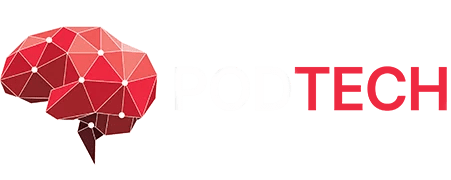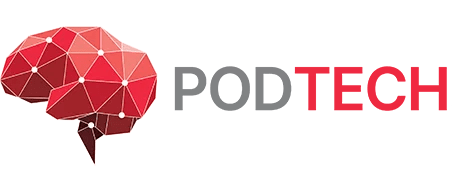8 Best Practices for Agile Software Development
Agile software development is one of the most commonly used software development methodologies, others including waterfall method, Rapid application development (RAD), DevOps deployment methodology etc., each of which have individual strengths and weaknesses and exist for different reasons or purposes.
To manage a software project efficiently, the development team must choose the software development methodology that will work best for the project at hand. This article will focus mainly on the agile software development methodology.
What is Agile Software Development Methodology
Agile software development quickly became the industry’s standard for software project management, because it has been introduced in an attempt to make software engineering more flexible and efficient. There are many different forms of the agile development methodology, including scrum, crystal, extreme programming (XP), and feature-driven development (FDD) each of which the development teams develops the software in iterations that contain mini-increments of new functionality.
Unlike Waterfall, Agile is designed to handle complexity and variability involved in software development projects. When adopting the agile method – teams develop in short sprints or iterations, each of which includes a defined duration and list of deliverables, but in no particular order.
Features of Agile Software Development Methodology
The modern day Agile software was officially introduced in 2001 by a group of about 17 software development professionals with a vision of flexible, lightweight, and team-oriented software development approach, that was mapped out in a Manifesto including the list below:
- To satisfy the customer through early and continuous delivery of valuable software.
- Agile processes harness change for the customer’s competitive advantage.
- Business people and developers must work together daily throughout the project.
- Build projects around motivated individuals.
- Development team should utilize face-to-face conversation, as it is the most efficient and effective method.
- Simplicity is essential, which is an art of maximizing the amount of work not done.
- The best architectures, requirements, and designs emerge from self-organizing teams.
The principles are aimed at uncovering a better ways of developing software, in comparison to the traditional development methodology while prioritizing working software over comprehensive documentation.
8 Best Practices for Agile Software Development
Scrum seem to be the most dominant agile methodology, we will talk specifically about the best practices followed under the Agile Scrum methodology:
- Collaboration with the Customer
The customer should be involved throughout the whole process, from clarifying expectations, collaborating on fixes, to communicating options that were not considered beforehand to ensure customer satisfaction which is the most important priority in the any agile approach.
- Sound Development and Testing teams
When following Agile Scrum methodology, there should not be a boundary line between the development and Quality Assurance teams, all are supposed to be considered as a part of one team performing their respective responsibilities for the success of the product.
- Identify risks & roadblocks
The development team should not skip clarifying the risks and roadblocks while planning for the sprint before getting overwhelmed with the sprint backlog, some urgent customer enhancement requests or high priority bugs during the sprint.
- Frequent team meetings
Scrum recommends short meetings daily between the teams to help in re-evaluating team’s progress every single day and adjusting the sprint goal accordingly.
- Separate product and sprint backlog
The product backlog which is the complete list of tasks that need to be done and sprint backlog which is the set of tasks that will be taken up in a certain sprint – should be separate to enhance the demarcation between what the delivery team is expected to implement.
- Prioritize User Story & Timeboxing Tasks
This will help the product owner and other stakeholders estimate the financial value associated with each user story and the user story with the highest financial value can be realized earlier.
- Implement Continuous Integration
Continuous feedback for the development tasks ensures the effectiveness of agile methodology which in turn means continuous integration.
- Continuous Testing
Continuous integration should also include testing the build every time, such that any discrepancy or issue is noticed at the earliest.
Conclusion
An organization that opts to implement Agile Scrum methodology for their software development should consider the above best practices to achieve quick and frequent releases to the market. However, it is important to first discuss with a software engineering or development expert to determine if this methodology suits your project.


